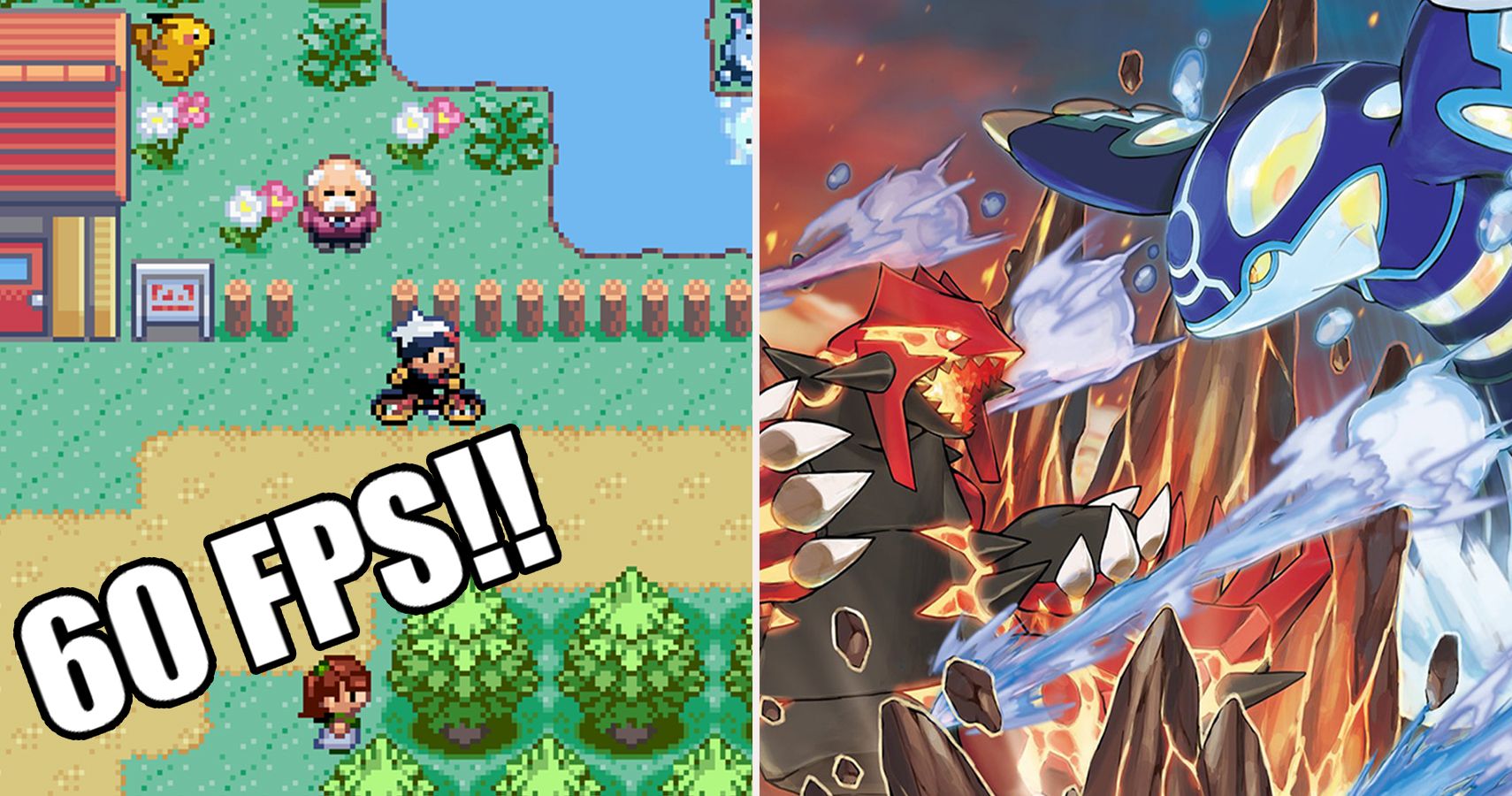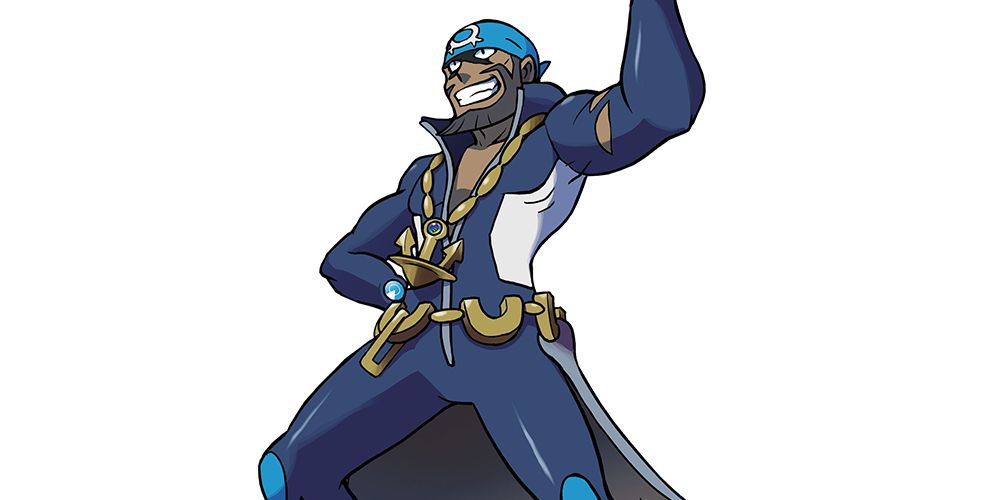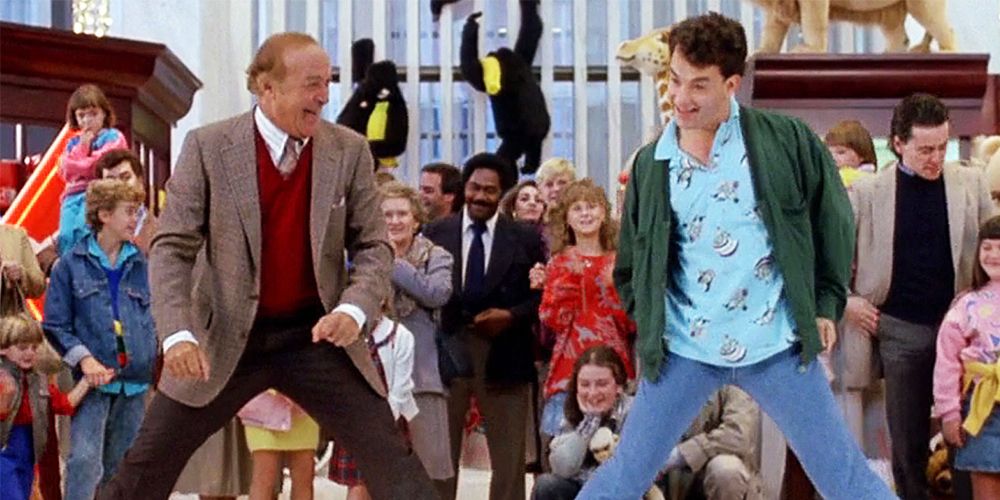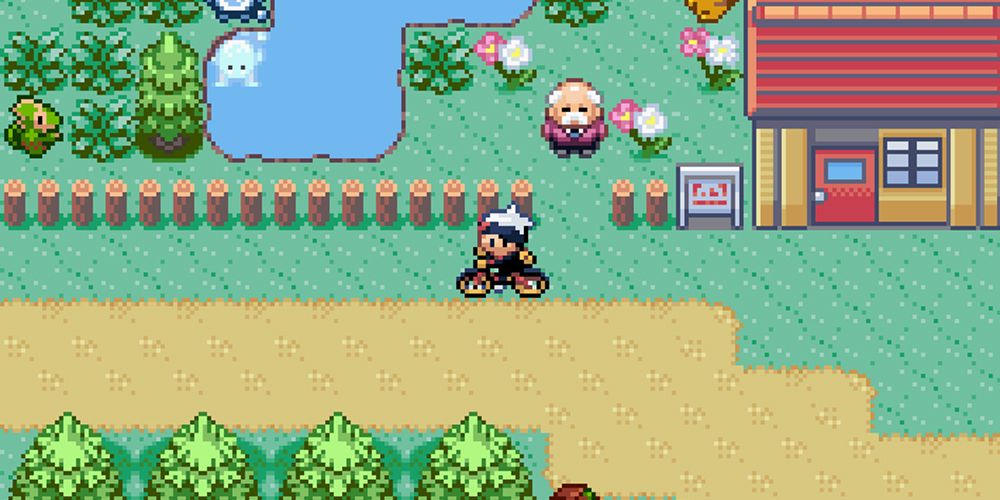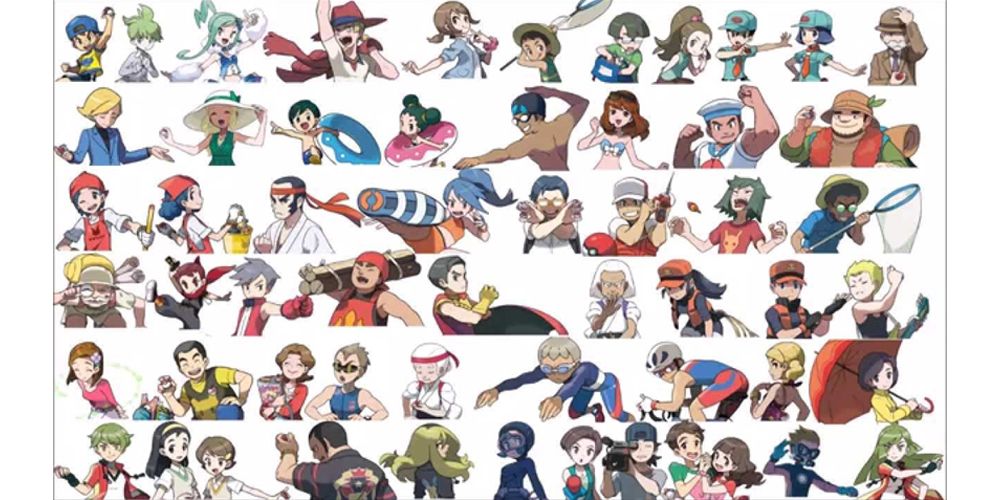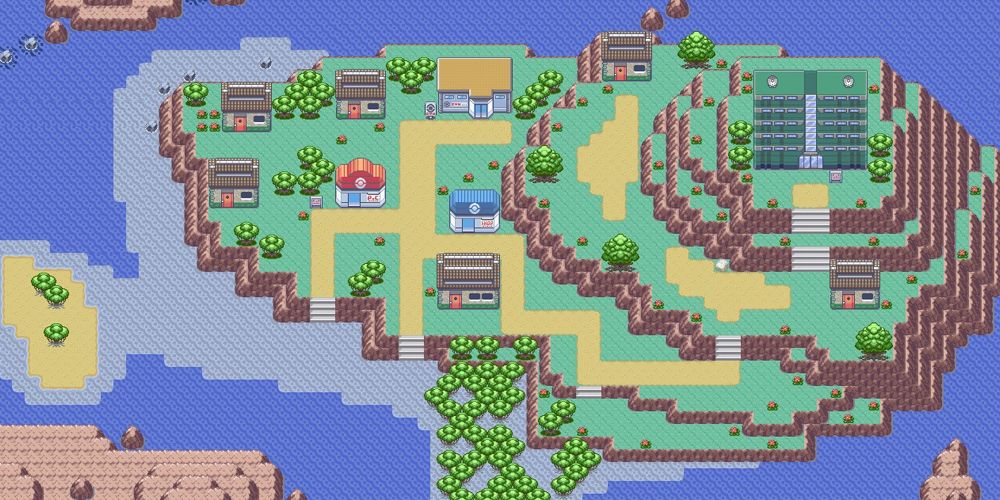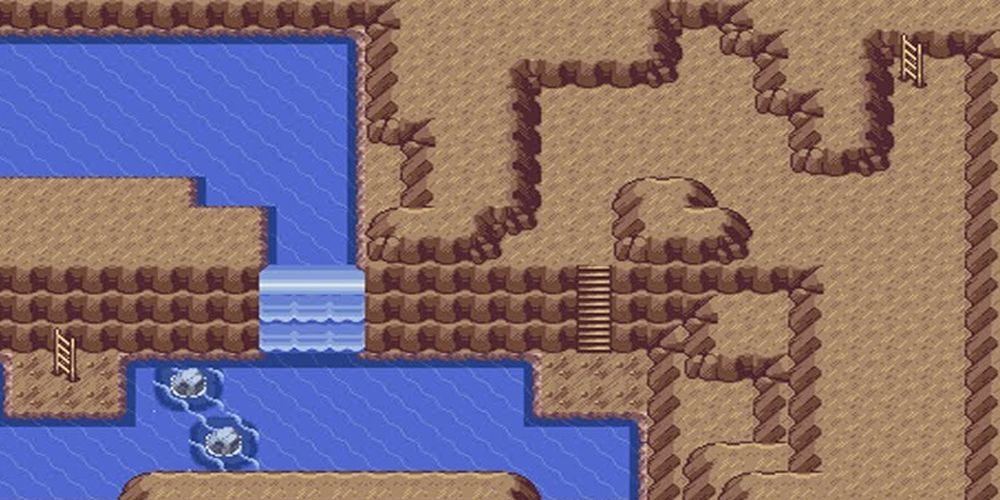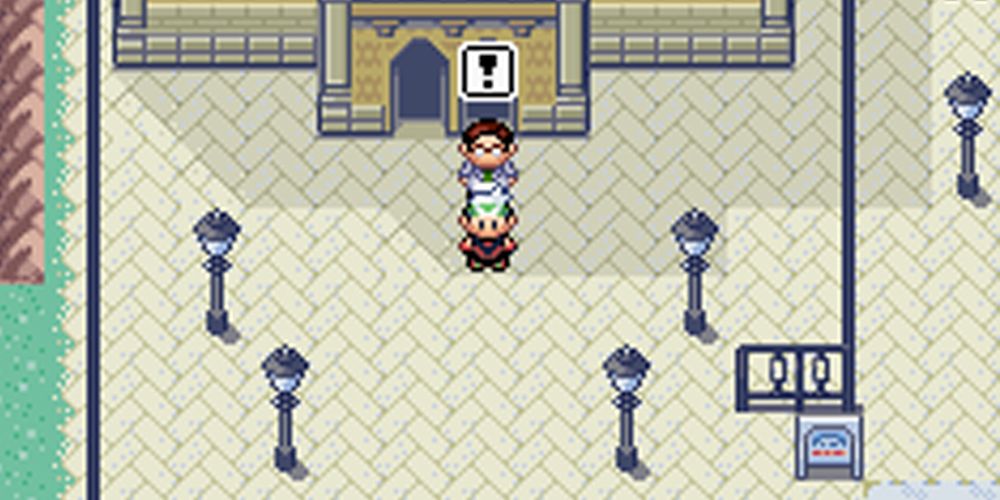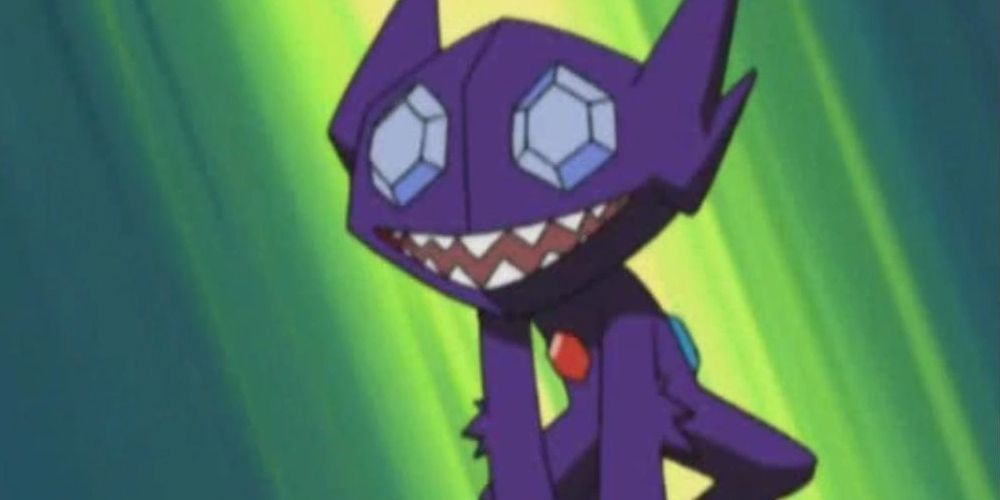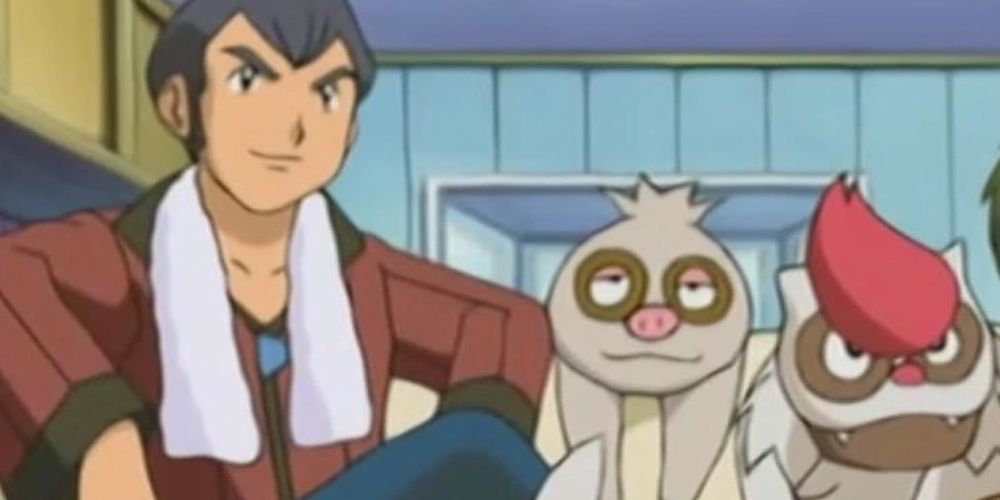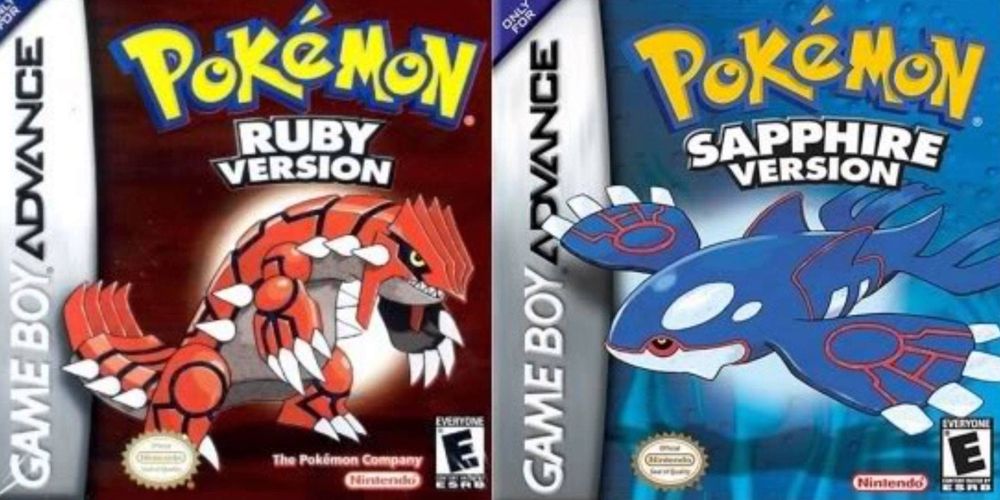Pokémon is an interesting property when it comes to nostalgia and the unique relationships people have with a certain generation of the games. If you're 20 years or older, then your nostalgia is likely tied to the original generation. From that starting point, it's easy to see how the generations correlate to certain age ranges as you move younger in age. There's plenty of overlap and some people may have a fondness for a certain generation despite their age, but for the most part, you can kind of guess where their loyalty stands based on their age. Currently, the most popular generations are the first and second which contain both Pokémon Red/Blue and Gold/Silver respectively. The third generation has a decent amount of fondness but isn't often revered in the same capacity as the first two.
Thankfully, Pokémon Sapphire and Ruby were given the remake treatment by way of Pokémon Alpha Sapphire and Pokémon Omega Ruby. This means that a whole new generation of fans will now have a close bond with the underrated and under-appreciated third generation of Pokémon. This generation features some brand new mechanics, awesome legendary Pokémon, and a ton of content. It seems like it may slowly creep into the conversation as much as the first two do, and that's great. Like many other games in the series, Ruby/Sapphire hold many secrets and easter eggs. Let's take a look at just 15 of the hundreds of awesome things you might not know.
15 2-For-1
An area of focus as the series has been releasing new entries over the course of the last 20 years is Pokémon evolution. Specifically, figuring out new and interesting possibilities surrounding the hallmark mechanic of the franchise. In the third generation, the Pokémon Company took this focus to a new level. They introduced Nincada, a Pokémon with the ability to create two separate Pokémon after it has evolved under specific circumstances. If there's an empty slot in the player's party and they have at least one pokéball in their inventory, the player will receive both a Ninjask and Shedinja in their party. Nincada is the only Pokémon ever to have the ability to do such a thing. These minute and clever evolutions are what create excitement and diversity in the Pokémon franchise.
14 Land & Sea
As evident by the two legendaries, the major theme of Pokémon Ruby/Sapphire is the relationship between land and sea. Its focus on the delicate relationship between the two and how they coexist in harmony. If one should overtake the other, the world of Pokémon would be in tremendous peril. This theme resonates throughout multiple aspects of the games. For instance, the two default male name choices for the player are Landon and Sean. These play off of the Japanese names which directly translate to land and sea. This dynamic between land and sea helped drive the story forward and provided excellent context for the player's interactions with either Groudon or Kyogre. Pokémon is a game that's intended for kids but includes subtle depth for those loyal adults trying to become the Pokémon Champion.
13 Natural Ability
Abilities are an incredibly large part of the Pokémon series. They're one of the key points of strategy in terms of competitive play and also allow another are of uniqueness when it comes to a player's individual relationships with their Pokémon along their journey. Pokémon Ruby/Sapphire introduced abilities, and the series hasn't looked back since. When a developer adds new features to the game, it isn't guaranteed that the fans will respond to them in a positive manner. Fortunately for the Pokémon Company, a majority of the community felt it provided them with more depth and allowed strategy and preparation to become a larger part of their competitive environment. There were some objections, however. Some people felt it overcomplicated the game for no particular reason.
12 Aqua Clone
Now, if you're not familiar with game development, there always seems to be assets included in the games files but weren't necessarily used in the final product. This can occur for several different reasons. The first of these is that developers like options and were likely swapping through several designs in an attempt to find which assets fit best. Another likely scenario is that it was simply a surplus of assets. A lot of the sprites for specific characters seem to be made in bulk for maximum efficiency and effectiveness. Pokémon Ruby/Sapphire contained extra assets in its files, and one of these happened to be an alternate sprite for a Team Aqua member. The sprite features a mirrored sprite of the one in-game with an additional mustache and other features.
11 A Big Deal
Pokémon games are notorious for making references to famous scenes from classic American movies. A lot of people around the world love Hollywood movies and often enjoy paying homage throughout their games. In Pokémon Ruby/Sapphire, if the player interacts with the TV, they're then treated to dialogue that sounds like a direct reference to Tom Hanks' 1988 movie "Big." Pokémon has had a track record of using TVs in this same fashion to reference many other movies. It seems that the Pokémon Company isn't the only Japanese developer with an affinity for Hollywood. Hideo Kojima, the creator of the Metal Gear series, has been known to reference American cinema in his games and even goes as far as to use popular American actors in his games as well.
10 Familiar Sounds
Pokémon Ruby/Sapphire not only pay homage to the generations before them, they actually use unused music from Pokémon Gold/Silver originally created for towns with the game. That's not all. The third generation pairing also features multiple incomplete versions of the contest music. Game development is a very arduous, time-consuming, and stressful process that often gets taken for granted. When a developer can re-use assets from other projects in creative and useful ways it's a huge benefit. It helps cut down on production time/costs as well as relieving stress knowing they have a stock of go-to pieces that they can plug-in if need be. The beauty of Pokémon's music is that it is always great but keeps in line with an overarching tone, melody, and cadence.
9 You've Changed
One of the things that make the Pokémon games frustrating, but equally unique is that the Japanese and International versions often carry slight differences in design and naming. A lot of these changes have to do with the perception of certain character gestures and phrases. Language barriers not only create confusion but can also be the root cause of some strange and inappropriate misunderstands. This is why games go through a process known as localization. The development, business, and marketing teams have to ensure quality while at the same time giving people context that's comfortable to them. Pokémon Ruby/Sapphire went through these exact changes specifically with sprites and the particular gestures they displayed. There was a specific sailor pose that could have sparked discomfort if not changed.
8 The Name Game
A huge perk that comes with helming a project and creating something from scratch is to make personal references and homages in the game that would only matter to you or your team. There is a character in Sootopolis City who's generosity doesn't go unnoticed. Her name is Kiri, and she treats your trainer to two berries each and every day. She's actually more than just a general bystander, however. The name Kiri is actually that of Junichi Masuda's daughter. She just so happened to be born right before the Japanese release of Pokémon Ruby/Sapphire. It's great to see a developer honor the birth of his daughter in such an awesome way. Not only is his daughter's name in the game, but it was also assigned to one of the kindest and generous strangers you'll encounter in the Hoenn region.
7 Victorious
Many trainers are familiar with the treacherous journey they must undertake upon starting their quest to become a Pokémon Champion. After acquiring all 8 badges, these same trainers must get past Victory Road or a similar incarnation before facing off with the Elite 4. Victory Road is notorious for being challenging in terms of random trainers you can interact with as well as having built-in puzzles and obstacles in the landscape itself. A lot of these challenges center around TM and HM usage for the most part. There's an obstacle, rather a ledge, in the original Pokémon Ruby/Sapphire inside of Victory Road that was altered in multiple other country's versions to make it easier. In Pokémon Emerald, the one-way ledge was removed entirely for trainers.
6 I'm Dreaming
In Pokémon Ruby/Sapphire there is a very interesting man who works in Devon Corp. Many of the side characters never seem to say anything super significant or important no matter how many times you interact with them. This specific guy connected to Devon Corp. is actually quite the opposite. He relays to the trainer that he often believes he enters or sees Pokémon dreams. This is an odd statement that leads the player to believe that either this guy is crazy, or he has some mysterious connection to Pokémon psyche. It turns out his experience would end up referring to a feature implemented two Pokémon generations later. The Pokémon Dream World allowed trainers to send their Pokémon away in hopes of returning with cool, useful, and/or rare items.
5 Represent
The third generation of Pokémon features some of the most interesting and creative designs that more often than not draw inspiration from within the series itself. Pokémon Ruby/Sapphire feature the largest Pokémon to date (Wailord), as well as some of the coolest legendaries ever in Groudon, Kyogre, and Rayquaza. It's also home to some of the oddest and equally mysterious designs we've seen. Sableye is a Pokémon shrouded in mystery and intrigue. It features a simplistic design with a focus on gems as eyes. On Sableye's back are two small gems that happen to be both red and blue in tint. Are these paying homage to the original games? Or does Sableye share a closer relationship with both Groudon and Kyogre than we could have ever imagined? We may never know.
4 Father's Day
A question that's often raised about the world of Pokémon revolves around the reason as to why so few children have fathers let alone parents. Some theories suggest that there was a tremendous war that occurred before the beginning of the first game. Many fans feel that this is the only reasonable explanation for such an anomaly. In Pokémon Ruby/Sapphire the player is treated to an image of what the trainer's biological father looks like. Not only do you see your father, but he's also a gym leader in the game. This holds true no matter what gender you choose for your trainer at the beginning of your journey. Norman happens to be the name of your father, and unfortunately for you, he has a staple of Normal-type Pokémon at his side. He's regarded as one of the tougher gym leaders in the game, however.
3 Slight Adjustments
If you've ever taken an art or design-related class, then you would understand how important placement, spacing, and layout are to a strong product design. It's a very common practice to constantly reiterate on designs for the boxes that will contain your game or product. It takes time and tons of focus groups to figure out what captures the attention of consumers in a store. Pokémon Ruby/Sapphire went through several box art redesigns and the two biggest changes were the movement of the legendaries from the bottom of the box to the high-mid area, and the removal of the signature Pokémon catchphrase. Thankfully, we live in a digital-centric video game realm, and though box art is important, it's no longer make or break in terms of overall sales and success.
2 A New Direction
Are you familiar with the Butterfly Effect? We often hear about casting choices for big Hollywood movies that almost were. It's interesting to reflect in hindsight and speculate how things would have turned out if just one decision went in a different direction. Pokémon has been at these same types of crossroads, and when you hear about what could have been, it's absolutely astonishing. In Pokémon Ruby/Sapphire, there were several decisions that could have single-handedly changed Pokémon as we know it. Junichi Masuda once stated that they considered changing the size of the trainers Pokémon party as well as the number of moves a Pokémon can learn. Could you imagine a game in which you had 10 Pokémon in your party? That could have had a huge affect on its future success — we'll never know.
1 All The Frames
Pokémon isn't necessarily a video game franchise known for cutting edge performance and framerate. Pokémon Ruby/Sapphire were actually the first entries in the series to run at a framerate of 60 frames per second. This is an impressive feat for a franchise primary focused on the younger and family focused demographic. Unfortunately, the trend didn't last long as the series saw a return to 30 frames per second with the release of the fourth generation. With the recent release of the Nintendo Switch, it's going to be interesting to see if the Pokémon series makes a return to the world of 60 frames per second. We first have to get an announcement of a mainline entry coming to Switch, but when that happens we'll be wondering if performance is a key area of focus in the newest entry.

